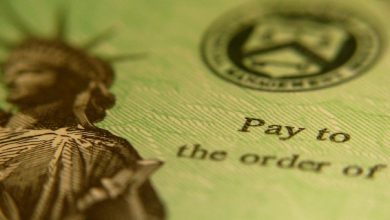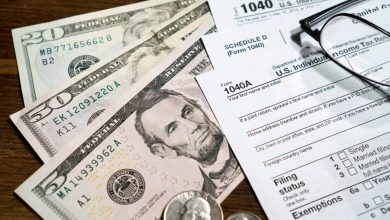Over 20 U.S. States on the Brink of Recession, Moody’s Analytics Warns
Economist Mark Zandi reveals alarming state-level data showing widespread slowdown across key American economies

A new analysis from Mark Zandi, Chief Economist at Moody’s Analytics, paints a sobering picture of the U.S. economy: more than 20 states are either in recession or at high risk of entering one. According to Zandi’s findings, as of late August, 21 states and the District of Columbia are struggling with declining or stagnant economic activity — a warning sign that the broader national economy may be closer to a downturn than previously thought.
One-Third of U.S. GDP at Risk
Zandi shared his findings in a post on X (formerly Twitter), stating that the collected data shows why the national economy is “on the edge of a recession.” He explained that roughly one-third of the U.S. GDP is now being produced in states that are either contracting or at serious risk of doing so. Another third is seeing little to no growth, while the remaining third continues to expand modestly.
This uneven performance suggests that while the U.S. economy has not entered a full-scale recession, the risk is growing as regional weaknesses spread.
Major Economies Feeling the Pressure
Some of the largest and most economically influential states are among those facing trouble. According to the analysis, Washington, D.C. is suffering most acutely, largely due to federal job cuts. Other states with significant slowdowns include:
-
Illinois (3.85% of U.S. GDP)
-
Georgia (3.03%)
-
Washington (3.02%)
-
New Jersey (2.93%)
-
Massachusetts (2.73%)
-
Virginia (2.66%)
These states collectively represent a substantial portion of the national economy, meaning that their contraction poses systemic risks to U.S. growth.

States “Treading Water”
Zandi identified another group of states where the economy is neither expanding nor contracting significantly, describing them as “treading water.” These include:
-
California (14.5%)
-
New York (7.92%)
-
Ohio (3.14%)
-
Michigan (2.44%)
Given that California and New York together account for over one-fifth of total U.S. GDP, their stability is crucial to preventing a nationwide downturn.
Southern States Still Growing — But Slowing Down
The report highlights that southern states remain the strongest performers overall, with Texas (9.41%), Florida (5.78%), Pennsylvania (3.54%), and North Carolina (2.86%) continuing to show expansion. However, Zandi cautioned that even in these regions, growth is decelerating, suggesting that the economic resilience of the South may not last if national pressures persist.
Inflation and Federal Policy Pressures
The study arrives amid a tense economic backdrop. Inflation remains above the Federal Reserve’s 2% target, while recent tariff hikes have added cost pressures. The Fed responded by cutting interest rates last month — the first such move in 2025 — as signs of labor market weakness emerged.
Compounding the issue, the ongoing federal government shutdown has delayed the release of key economic data, including the September jobs report and the Consumer Price Index (CPI), creating additional uncertainty for markets and policymakers.

Conclusion: A Warning Signal for U.S. Policymakers
Mark Zandi’s analysis underscores the fragility of the current U.S. recovery. With one-third of the country’s GDP tied to states either in or near recession, and another third showing no real growth, the path forward will depend heavily on fiscal stability, monetary policy, and consumer confidence in the coming months.
As Zandi concluded, “the U.S. economy is walking a fine line — one stumble could tip it into a full-blown recession.”



